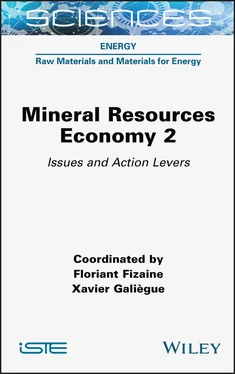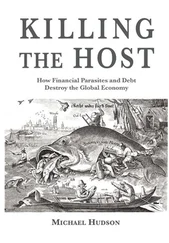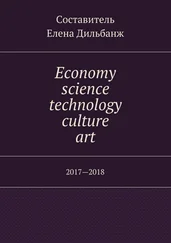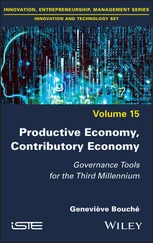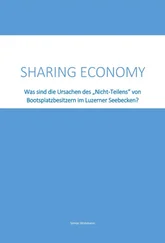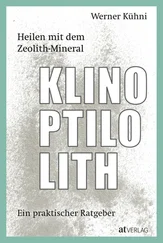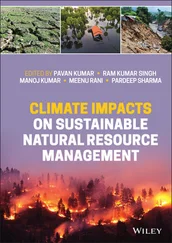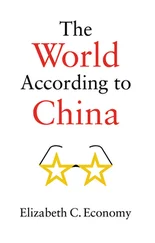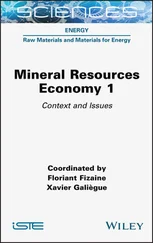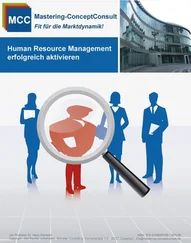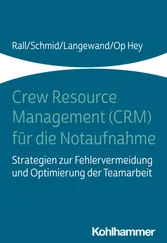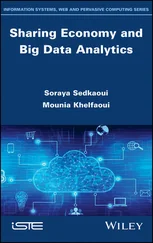Apart from any fair dealing for the purposes of research or private study, or criticism or review, as permitted under the Copyright, Designs and Patents Act 1988, this publication may only be reproduced, stored or transmitted, in any form or by any means, with the prior permission in writing of the publishers, or in the case of reprographic reproduction in accordance with the terms and licenses issued by the CLA. Enquiries concerning reproduction outside these terms should be sent to the publishers at the undermentioned address:
ISTE Ltd
27-37 St George’s Road
London SW19 4EU
UK
www.iste.co.uk
John Wiley & Sons, Inc.
111 River Street
Hoboken, NJ 07030
USA
www.wiley.com
© ISTE Ltd 2021
The rights of Florian Fizaine and Xavier Galiègue to be identified as the authors of this work have been asserted by them in accordance with the Copyright, Designs and Patents Act 1988.
Library of Congress Control Number: 2021940276
British Library Cataloguing-in-Publication Data
A CIP record for this book is available from the British Library
ISBN 978-1-78945-025-5
ERC code:
SH1 Individuals, Markets and Organisations
SH1_12 Agricultural economics; energy economics; environmental economics
PE10 Earth System Science
PE10_10 Mineralogy, petrology, igneous petrology, metamorphic petrology
Florian FIZAINE1 and Xavier GALIÈGUE2
1 IREGE, Savoie Mont Blanc University, Annecy, France
2 LEO, University of Orléans, France
We have seen in Volume 1 of this book that the context of mineral resources involves strong interactions between the material and physical constraints of extractive industries and those of the economy and social representations. These interactions are now strong enough for us to consider that we have already entered a new geological era, the Anthropocene era, in which the metabolism of the planet is shaped by human activity. However, unlike other geological eras, if the Anthropocene generates evolutions that are unintentional consequences of human activities, these could be voluntarily influenced – on the condition that public opinion becomes aware of this and assumes the consequences of voluntarist policies in this field.
A large part of this volume, Volume 2, will be devoted to examining the leverage available to us to make the energy transition compatible with the use of our mineral resources. However, before examining them, it will also be necessary to address a number of issues related to the legal regimes governing access to mineral resources, the geopolitical interactions between producing and consuming countries and the impact of extractive activities on populations.
I.1. The stakes: between legal rules, interdependence of nations and interests of local populations
First of all, it goes without saying that the perpetuation of a growth model based on the continuous growth of raw material needs, to which will most probably be added those (perhaps one-off) of the energy transition, places resource-importing countries in a difficult situation. In this context, the multiplication of criticality studies of raw materials testifies to the growing concern of countries and companies that rely heavily on international flows of natural resources. The contribution of Emmanuel Hache and his co-authors ( Chapter 1) clearly shows that these criticality studies nonetheless bias reality by displacing consumers at the mercy of all-powerful producer countries. Yet this interdependence is often mutual, and it is therefore necessary to weigh the supply risk by also analyzing the diversity of exports from producer countries. Moreover, in this giant chess game, the availability of national resources (even untouched ones), the threat of the substitution of an alternative resource or a supply route from a cooperative country can certainly reduce the risk of supply disruption even in the case of a high level of dependence. Nevertheless, the reduction of the need for resources (sobriety and material efficiency) always seems less uncertain than securing access to primary resources.
Moreover, access to mineral resources is fundamentally shaped by legal rules and regimes, as demonstrated by the contribution of Stéphanie Reich-de Vigan ( Chapter 2). Important differences remain between the legal regimes in the area of territorial and extraterritorial mineral resource ownership, which are not neutral with regard to incentives to extract or protect the environment. If our socio-cultural models focus on the economic part of sustainable development, it is likely that legal regimes for resource extraction will be brought into coherence to reflect this overarching objective. This will probably be to the detriment of the environment and by accentuating anthropic pressure on the last natural areas that have been relatively spared until now (Antarctica, the seabed in international waters).
There are, however, other options highlighted by the example of New Zealand. Indeed, New Zealand is one of the emblematic countries that have exploited the extension of the border, i.e. developed by relying on an adjacent geographic region exceptionally endowed with natural resources and characterized by a low human:earth ratio balance (Barbier 2011). However, when the United States continues to legally open other borders across the board – such as the treaty legalizing the private exploitation of asteroids – New Zealand opted for a different choice in 2017. Indeed, under pressure from the Iwi (Maori), who give the Whanganui River a different cultural representation from the British, the latter has been given a legal personality, allowing it to defend its interests in legal proceedings with the help of two lawyers. One can legitimately think that this will undoubtedly modify the future extractive trajectories near the river. This is again a good example of the importance of feedback from the human sciences on the opposing pressure by humans on the biosphere and the geosphere.
Within this framework, the study of the occupation of space, settlements and territories occupied by mining activity can provide adequate information on the parameters likely to modify these trajectories. This is what Michel Deshaies is trying to do in his contribution ( Chapter 3). By these means, he confirms the absence of determinism on the trajectory of this anthropogenic pressure. He also notes the growing difficulties in perpetuating the current extraction model in the face of local populations increasingly hostile to mining projects. Here again, we note that conflicts related to mining projects are essentially present in North, South and Central America, even though a significant share of extraction is also located in Africa and other OECD countries. This is evidence that social organization, institutions and culture play a significant role in maintaining or inhibiting the widespread extraction of mineral resources.
I.2. The leverage for action: what can be expected and what remains to be explored
What leverage do we have at our disposal to achieve a more sober economy and sustainable development? One of the lessons that can be drawn from the previous chapters is that the existence of strong interactions between the various constraints affecting mineral resources prevents us from considering that we could free ourselves from them by resorting to univocal, purely technical, economic or societal solutions: proposing a simple solution to a complex problem is doomed to fail. In this volume, we examine what we can potentially expect from the deployment of several forms of leverage often evoked in the literature: domestic extraction, substitution, recycling, material efficiency (or decoupling) and low-tech solutions combined with sobriety.
Читать дальше
